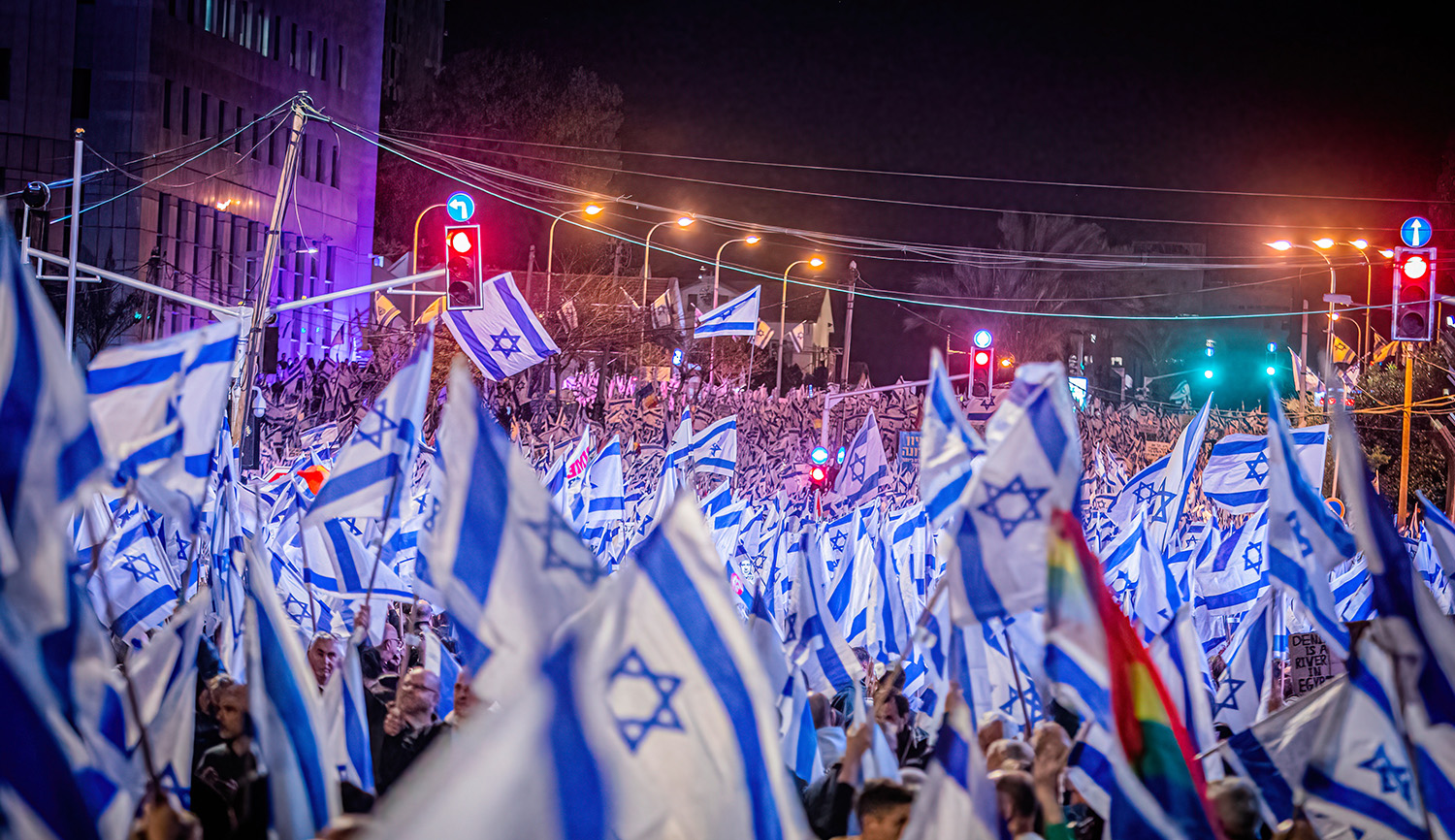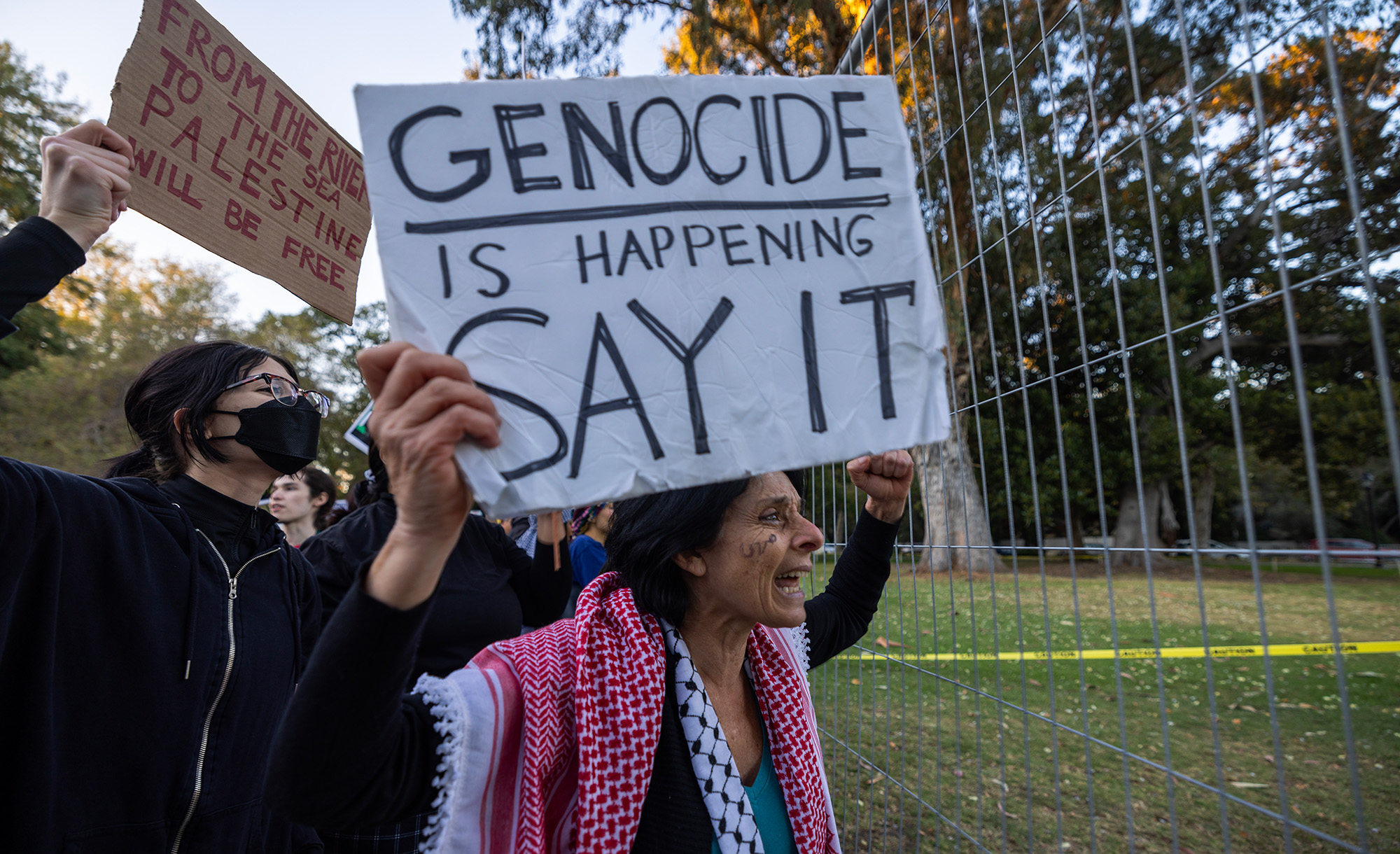In the 1920s, Berlin became home to some of the most creative poets, novelists, and critics writing in Yiddish. Mostly natives of Poland and Russia who had come to Germany following the upheavals of World War I and the Russian Revolution, these authors lived in close proximity to—but apart from—an equally vibrant German-language Jewish culture. Madeleine Cohen reviews two recent books about this particular milieu, alongside a new translation of one of its “masterpieces,” the poet and novelist Moyshe Kulbak’s Childe Harold of Dysna. About the last, she writes:
Originally written between 1928 and 1933 and informed by Kulbak’s 1921–23 stint in Berlin [before he settled in Soviet Russia], this long poem in seven parts, totaling 62 stanzas, envelops the reader in the firsthand experience of the young Ostjude, [as German Jews called their less-acculturated, Yiddish-speaking East European coreligionists], in the cosmopolitan capital of Europe, experiencing all its pleasures and suffering the subsequent hangovers.
As the title suggests, Kulbak’s poem refers to Lord Byron’s [Childe Harold’s Pilgrimage] as well as [the 19th-century German Jewish poet] Heinrich Heine’s Deutschland: Ein Wintermärchen in its frame of a fully modern pilgrimage to discover the heart of Europe and to partake of all the wonders that Weimar Berlin had to offer. However, in this case, our young hero is Shmulik Pipeman, son of a tailor from the small provincial Jewish city of Dysna—or maybe Shklov, or Lohojsk, or Kulbak’s own hometown of Smorgon, which are all mentioned, suggesting Pipeman could be any young Jew aspiring to come west to Europe. Kulbak’s signature mixture of irony and empathy captures both the wonder and the superficiality of young Pipeman’s experiences, an effect heightened by Kulbak’s skillful control of poetic form.
In these final stanzas, Pipeman becomes a socialist, and it is clear the author himself is processing [what he sees as] the failures of capitalism and Berlin’s descent into fascism from his Soviet vantage point.
In 1937, at the height of the Soviet purges, Kulbak was murdered by Stalin’s henchmen.
Read more at Los Angeles Review of Books
More about: Moyshe Kulbak, Poetry, USSR, Weimar Republic, Yiddish literature


